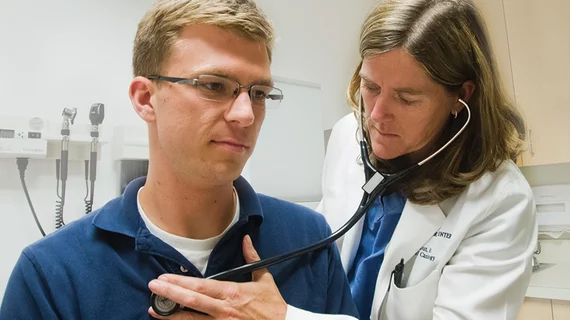New research highlights the circadian rhythm seen in heart cells
Circadian rhythms in heart cells can affect heart function throughout the day, possibly explaining why shift workers are so susceptible to cardiac issues, according to new data published in Nature Communications.
“The ways in which heart function changes around the clock turn out to be more complex than previously thought,” John O’Neill, with the MRC Laboratory of Molecular Biology in England, said in a prepared statement. “The ion gradients that contribute to heart rate vary over the daily cycle. This likely helps the heart cope with increased demands during the day, when changes in activity and cardiac output are much greater than at night, when we normally sleep. It opens up the exciting possibility of more effective treatments for cardiovascular conditions, for example by delivering drugs at the right time of day.”
According to the study, this is the first time that scientists have been able to show how heart cells regulate their circadian rhythms through daily changes in the levels of ions inside the cell.
In the analysis, the authors observed that different levels of sodium and potassium ions inside and outside heart cells allow the electrical impulse that causes their contraction and drives the heartbeat.
Ion concentrations were previously thought to be fairly steady. However, in this study, it was discovered that heart cells actually alter according to life’s daily demands, permitting the heart to better accommodate and sustain an increased heart rate during physical activity.
“Many life-threatening problems with the heart happen at specific times of day, and more often in shift workers," O'Neill said. "We think that when the circadian clocks in the heart become desynchronized from those in the brain, as during shift work, our cardiovascular system may be less able to deal with the daily stresses of working life. This likely renders the heart more vulnerable to dysfunction."
Read the full study here.
